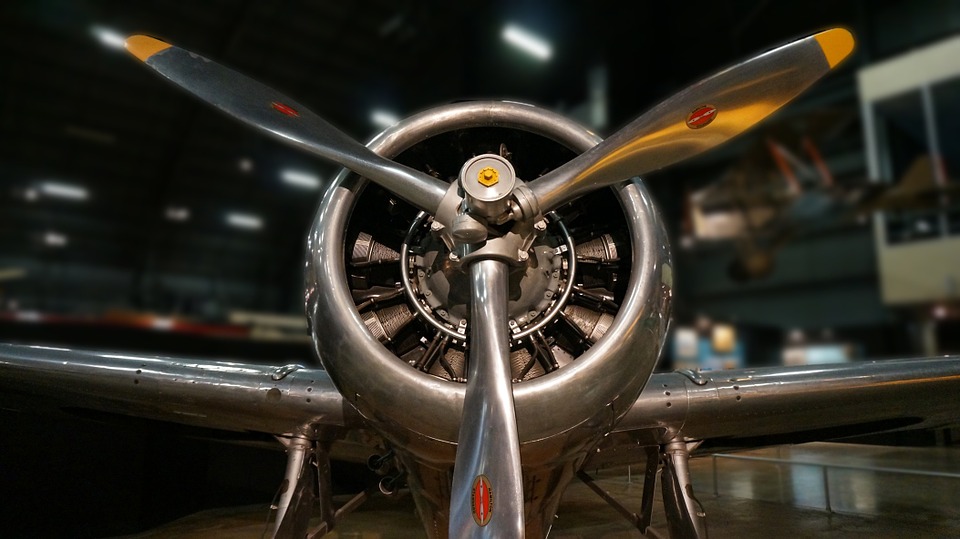
Aeronautics (from the ancient Greek words ὰήρ āēr, which means "air", and ναυτική nautikē which means "navigation", i.e. "navigation into the air") is the science or art involved with the study, design, and manufacturing of air flight capable machines, and the techniques of operating aircraft and rockets within the atmosphere. The British Royal Aeronautical Society identifies the aspects of "aeronautical Art, Science and Engineering" and "the profession of Aeronautics (which expression includes Astronautics)."
While the term—literally meaning "sailing the air"—originally referred solely to the science of operating the aircraft, it has since been expanded to include technology, business, and other aspects related to aircraft. The term "aviation" is sometimes used interchangeably with aeronautics, although "aeronautics" includes lighter-than-air craft such as airships, and includes ballistic vehicles while "aviation" technically does not.
A significant part of aeronautical science is a branch of dynamics called aerodynamics, which deals with the motion of air and the way that it interacts with objects in motion, such as an aircraft.
Aeronautics may be divided into three main branches comprising Aviation, Aeronautical science and Aeronautical engineering.
Aviation is the art or practice of aeronautics. Historically aviation meant only heavier-than-air flight, but nowadays it includes flying in balloons and airships.
Aeronautical science covers the practical theory of aeronautics and aviation, including operations, navigation, air safety and human factors.
A candidate pilot is likely to study for a qualification in aeronautical science.
Aeronautical engineering covers the design and construction of aircraft, including how they are powered, how they are used and how they are controlled for safe operation.
A major part of aeronautical engineering is aerodynamics, the science of passing through the air.
With the increasing activity in spaceflight, nowadays aeronautics and astronautics are often combined as aerospace engineering.
The science of aerodynamics deals with the motion of air and the way that it interacts with objects in motion, such as an aircraft.
The study of aerodynamics falls broadly into three areas:
Incompressible flow occurs where the air simply moves to avoid objects, typically at subsonic speeds below that of sound (Mach 1).
Compressible flow occurs where shock waves appear at points where the air becomes compressed, typically at speeds above Mach 1.
Transonic flow occurs in the intermediate speed range around Mach 1, where the airflow over an object may be locally subsonic at one point and locally supersonic at another.
A rocket or rocket vehicle is a missile, spacecraft, aircraft or other vehicle which obtains thrust from a rocket engine. In all rockets, the exhaust is formed entirely from propellants carried within the rocket before use. Rocket engines work by action and reaction. Rocket engines push rockets forwards simply by throwing their exhaust backwards extremely fast.
Rockets for military and recreational uses date back to at least 13th century China. Significant scientific, interplanetary and industrial use did not occur until the 20th century, when rocketry was the enabling technology of the Space Age, including setting foot on the moon.
Rockets are used for fireworks, weaponry, ejection seats, launch vehicles for artificial satellites, human spaceflight and exploration of other planets. While comparatively inefficient for low speed use, they are very lightweight and powerful, capable of generating large accelerations and of attaining extremely high speeds with reasonable efficiency.
Chemical rockets are the most common type of rocket and they typically create their exhaust by the combustion of rocket propellant. Chemical rockets store a large amount of energy in an easily released form, and can be very dangerous. However, careful design, testing, construction and use minimizes risks.
Source : Wikipedia